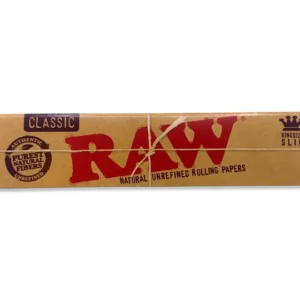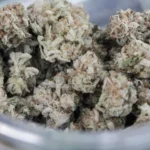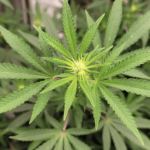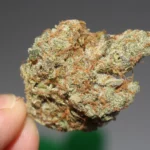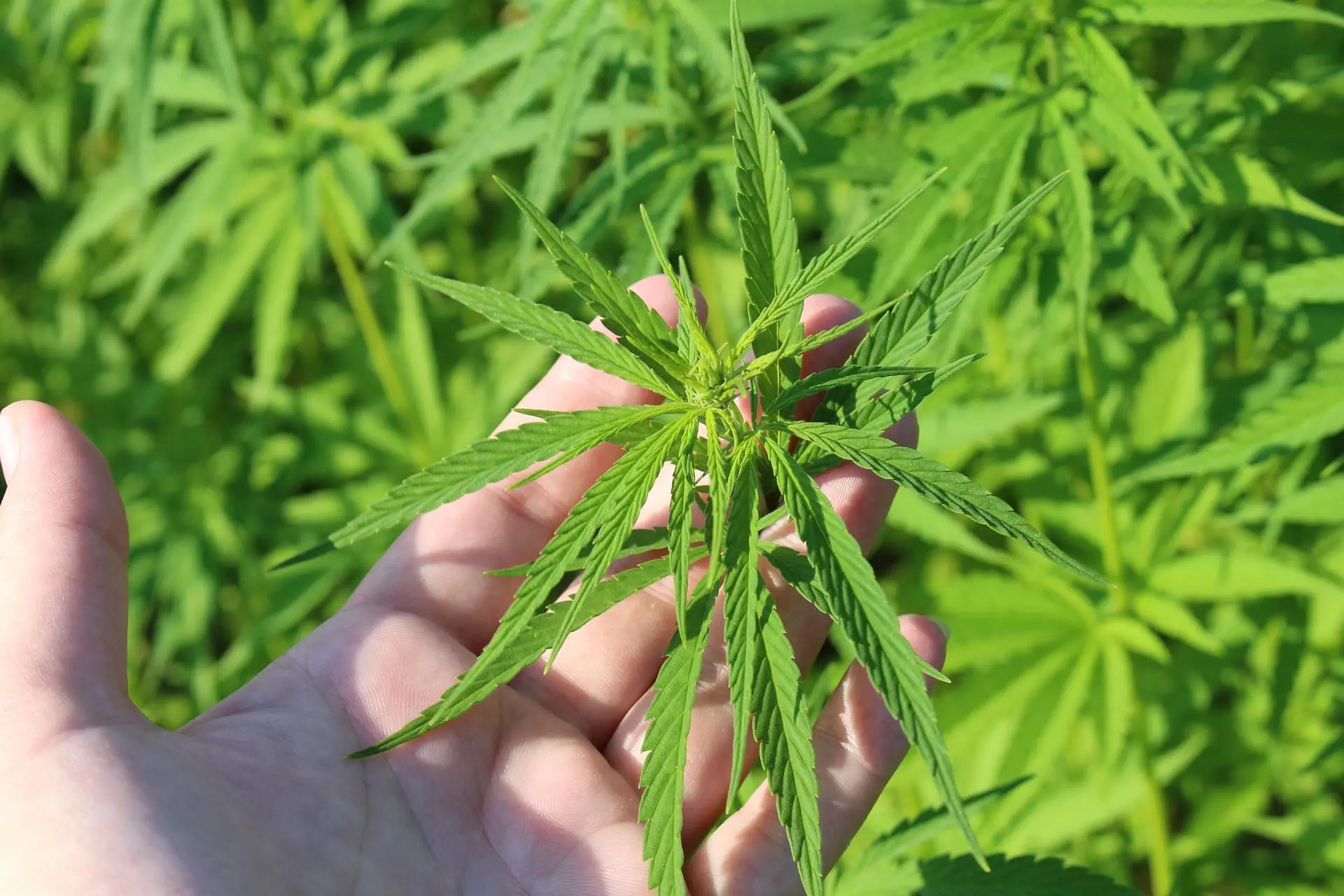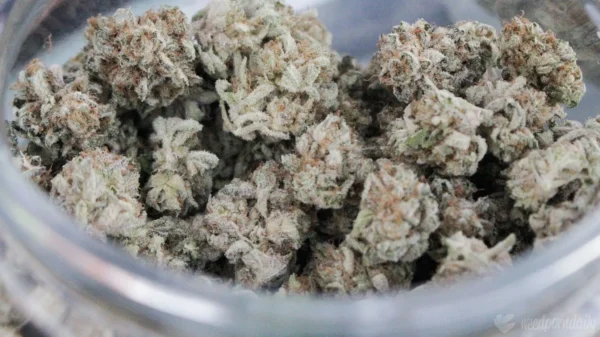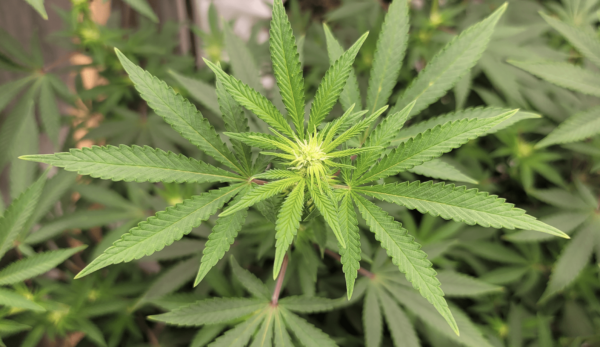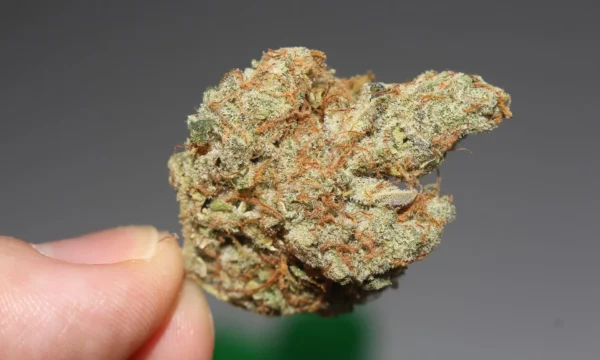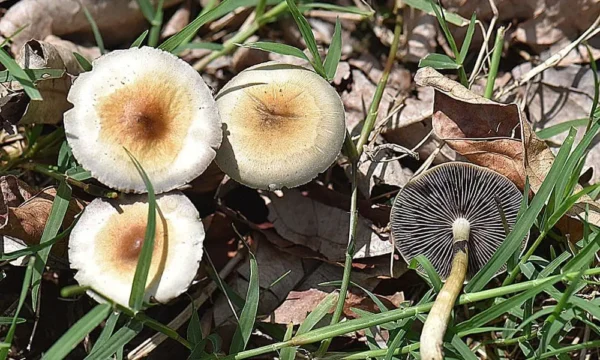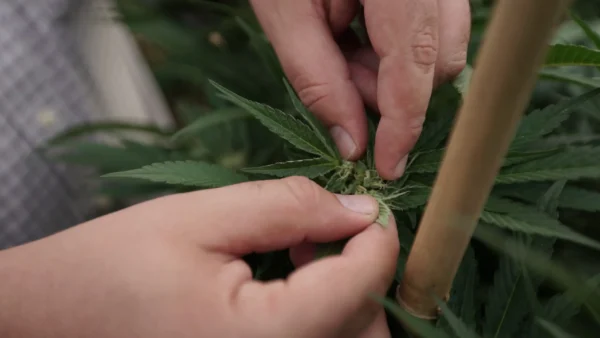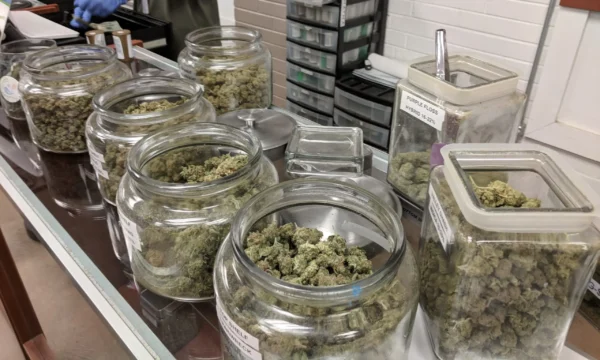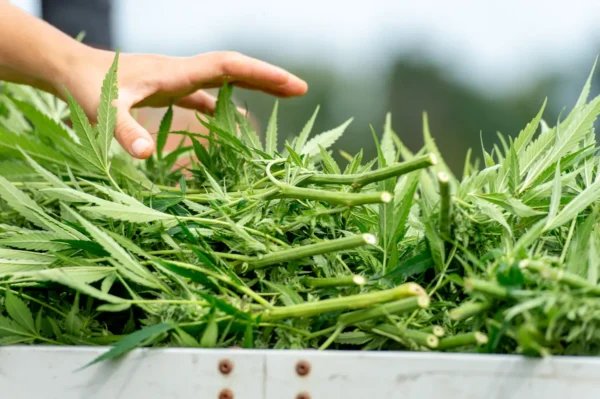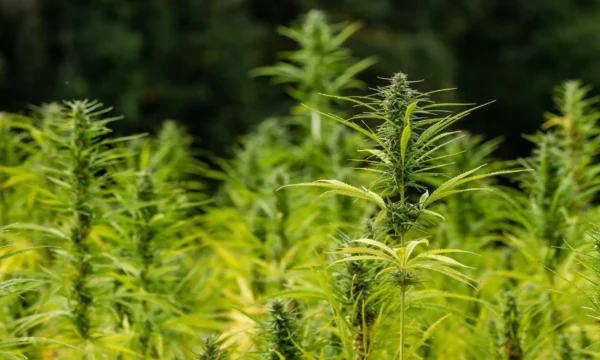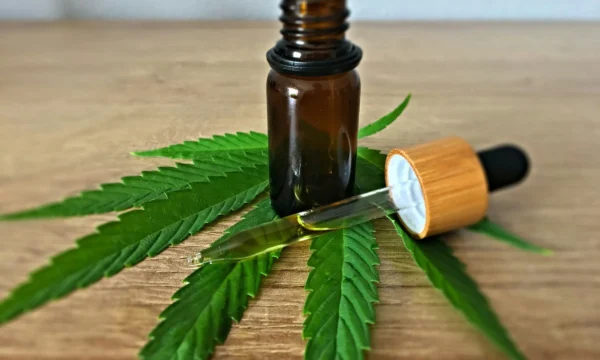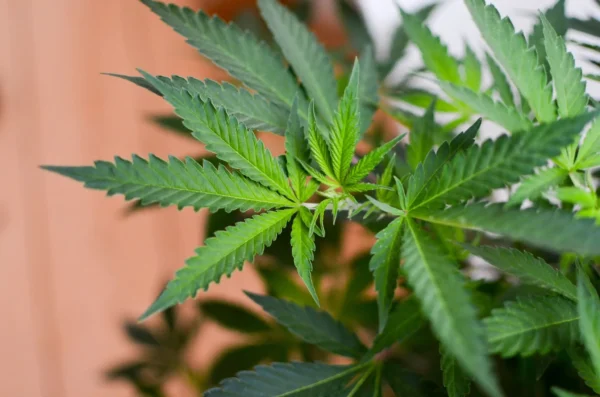Subtotal: $1.95
New Ohio Senate Bill Would Ban Sale Of Intoxicating Hemp Products To People Under 21
Ohio hemp under-21 ban. It lands on the table like a shot of rail whiskey—cheap, burning, necessary. In a state that legalized adult-use cannabis through the ballot box, lawmakers are now carving intoxicating hemp out of the same pie, plating it separately, and telling the kitchen to keep it far from the kids. The pitch from Sen. Bill DeMora is simple, even moralistic: stop selling candy-colored delta-8 THC gummies, stop pretending they’re harmless, and stop leaving the Ohio cannabis market to a regulatory free-for-all. An Ohio State University study flagged that Ohio is among roughly 20 states with no guardrails on these hemp intoxicants. The public heard the soft thunk of the gavel; the room went quiet. This time, the target isn’t voter-approved marijuana—it’s the Wild West of intoxicating hemp.
“Everybody agrees [intoxicating hemp products are] targeted to children… We need to act because this stuff is poisoning kids [and] making kids sick.”
DeMora’s proposal, S.B. 266, draws a bright line. No intoxicating hemp to anyone under 21. No sales of untested products; if it’s intoxicating, it must meet the same lab testing and safety standards used for marijuana. No packages dressed up like cereal mascots or gummy brands that make dentists rich. The bill would bar products that mimic humans, animals, cartoon fruit—anything that winks at a child from the shelf. Crucially, DeMora keeps intoxicating hemp and marijuana policy in separate lanes, avoiding the broader tug-of-war over adult-use rules Ohio voters passed in 2023, with sales that kicked off in August 2025. In the post–Farm Bill era—where anything under 0.3% delta-9 THC can still be engineered into a psychoactive experience—Ohio’s move reads like a sobering reset to a market that outran its regulators.
What lawmakers are cooking
- S.B. 86: Also bans under-21 sales, slaps a 10 percent tax on intoxicating hemp products (cannabis taxation with teeth), corrals drinkable cannabinoid products, and confines sales to licensed marijuana dispensaries. It cleared the Senate unanimously this spring.
- S.B. 56: A heavier lift—regulates intoxicating hemp but also rewrites marijuana rules: reduces extract potency caps from 90% to 70%, limits dispensaries to 400, and tightens public consumption.
- H.B. 160: Primarily a marijuana policy reform bill with a hemp kicker—disallows THC product sales outside dispensaries, drops extract caps to 70%, caps dispensaries at 350, rejiggers tax revenue toward the General Fund, adds expungement, bans public use, and outlaws importing marijuana from other states.
“It’s a huge problem,” Gov. Mike DeWine said. “There’s really no regulation at all. We need regulation. We need the legislature to take action on this.”
Here’s the tension simmering under the lid: Voters legalized, but lawmakers can still rewrite because the law wasn’t constitutional. The intoxicating hemp boom slipped through a loophole—the 2018 Farm Bill green-lit hemp under 0.3% delta-9 THC, not accounting for lab-spun cousins like delta-8. Now Ohio faces a choice: regulate hemp intoxicants like marijuana, or keep them boxed into a stricter, standalone regime that aims squarely at youth access prevention. Other states offer cautionary tales and counterpoints. Texas swung fast, restricting hemp THC to those 21 and over through executive-driven rules—read more in Texas Health Officials Adopt Rules To Ban Hemp THC Sales To People Under 21 In Response To Governor’s Executive Order. Meanwhile, in the heartland, a state senator is fighting an entirely different battle over patient access, as seen in Nebraska Senator Files Formal Challenge To Restrictive Medical Marijuana Rules Signed By Governor. Patchwork policy, same playbook: guardrails, gatekeepers, and growing pains.
Still, Ohio’s “dispensary-only” drift for intoxicating hemp—floated in multiple bills—would be a tectonic shift for corner stores and CBD boutiques living off impulse buys and gas-station gummy grabs. It’s an enforcement puzzle: lab testing, package review, marketing restraints, age checks. But it’s also a market strategy. Fold intoxicating hemp into the regulated system and you siphon demand toward licensed operators and traceable supply chains. Keep it outside, and you’re betting on compliance from the very shops that won’t survive the move. DeMora’s lane-splitting—protect the kids, don’t relitigate adult-use—may prove the most politically durable. Nationally, the winds are shifting; California’s governor keeps needling Washington about federal change, a vibe captured in Newsom talks national cannabis legalization in Trump-mocking post (Newsletter: October 3, 2025). And abroad, the stakes turn lethal fast—see American Basketball Player Faces Potential Death Penalty Over Medical Marijuana After Arrest In Indonesia—a grim reminder that policy choices are life-or-death in some jurisdictions.
So where does Ohio land? On one side, a clean, defensible case for youth protection, lab testing, transparent labeling, and pulling cartoon bait off the shelf. On the other, the perennial risk that tightening hemp rules morphs into broader prohibitionist creep for the legal cannabis industry. The smart path is pragmatic and boring: age gates, potency transparency, clear warnings, third-party testing, and a retail channel that knows the rules and follows them. Let the regulated system do what it was built to do. If you’re trying to read the tea leaves, keep an eye on S.B. 266’s narrow focus—it may be the compromise that moves without torching Ohio’s adult-use framework or shattering small businesses overnight. And if you want compliant, lab-tested options delivered with zero drama, finish your scroll here and step into the shop: https://thcaorder.com/shop/.

